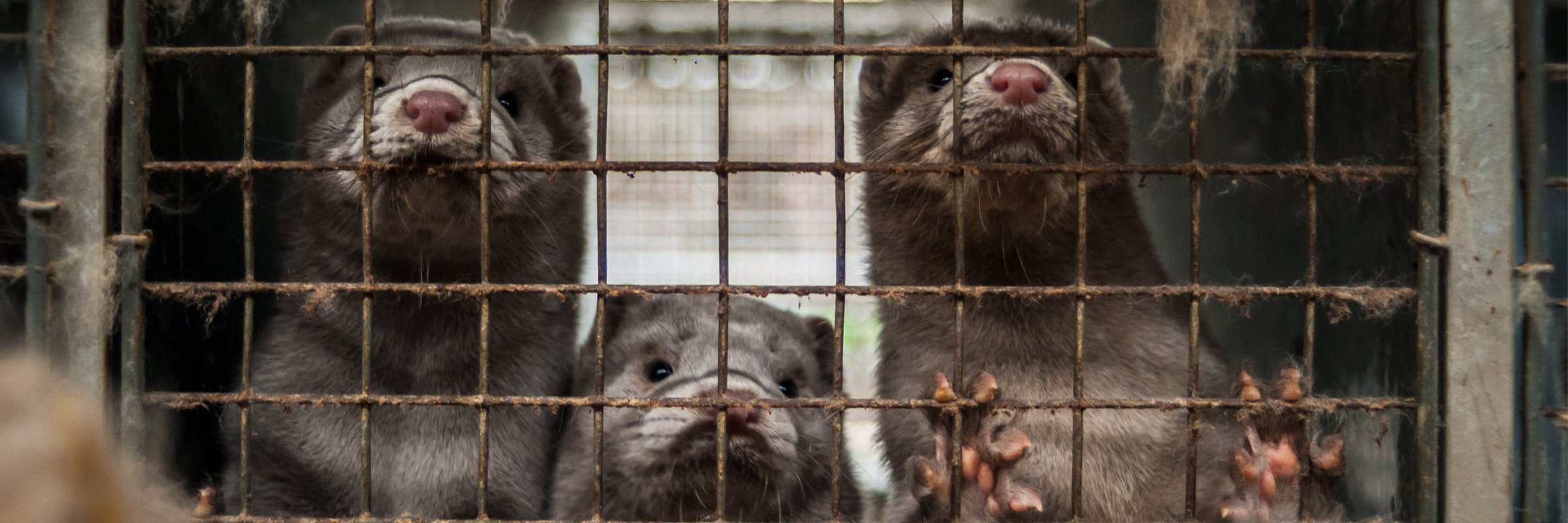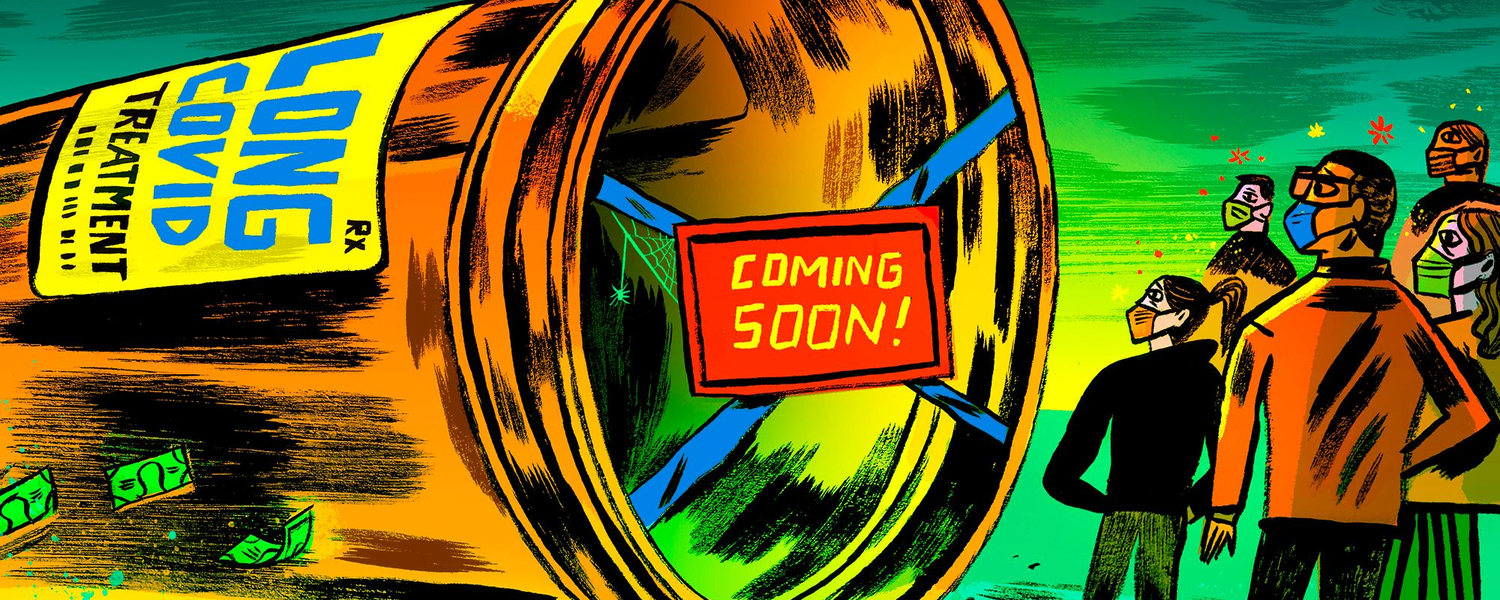Four Michiganders — a taxidermist, his wife and two mink farm employees — were infected with a unique coronavirus strain connected to minks, leading Michigan health officials and the CDC to conclude they likely contracted the first known U.S. cases of so-called animal-to-human virus “spillover.”
Michigan’s four mink-connected COVID-19 cases — the only known animal-to-human cases in the U.S. to date — infected more people than was previously known.
The Detroit Free Press and the Documenting COVID-19 project first reported on the mink cases in April 2021, after discovering details about them in Freedom of Information Act requests, and National Geographic confirmed last month that four cases with the same genetic mutations had been linked together.
All four people fully recovered.
There have been other animal-to-human COVID-19 cases documented in Canada with white-tailed deer and a hamster in Japan. While Michigan’s cases are the only known animal-connected COVID-19 cases in the U.S., there could be other cases that have gone unreported, as the country is not actively testing for such outbreaks.
The investigation into Michigan’s mink outbreak began in October 2020. Samples from two mink farm employees who tested positive for COVID-19 had virus mutations that were also present in samples from mink on the farm.
At the time, the state agriculture department issued a statement that said: “There is currently no evidence that animals, including mink, play a significant role in spreading the virus to humans in Michigan.”
Almost two months later, a taxidermist in Eaton County also tested positive and showed the same two mutations in his sample’s genetic sequence. He had no known links to the mink farm, suggesting he was likely infected in the community. A fourth person was also confirmed to have the same mutations in February 2021.
“Because there are few genetic sequences available from the communities around the farm, it is impossible to know for sure whether the mutations came from mink on the farm or were already circulating in the community,” said Lynn Sutfin, a spokesperson for the Michigan Department of Health and Human Services.
“As close contact with mink would be needed for the virus to spread from mink to humans, the risk to people outside farms including those living in nearby areas is likely very low.”
The animals on the farm subsequently tested negative for the virus twice and were released from quarantine.
It’s unclear how many mink farms operate in Michigan or the number of animals being raised on those farms. The Michigan Department of Agriculture and Rural Development doesn’t register or license mink farms, said department spokesperson Jennifer Holton.
However, the U.S. Department of Agriculture has some data from a self-reported census last taken in 2017 that suggests Michigan was home to 12 mink farms with as many as 22,000 animals in that year.
There remains no active surveillance or required testing at mink farms, according to the CDC. It isn’t a reportable disease in animals in the U.S.
Rather, officials at the CDC and U.S. Department of Agriculture work with state health departments to decide whether and when animals should be tested for the virus.
Animal testing is recommended for farm animals, including mink farms, if the animals show signs of having coronavirus or if their exposure to people who’ve had the virus is unknown, the CDC said in a statement.
Challis Hobbs, executive director of Fur Commission USA, the national nonprofit association representing mink farmers, said transmission of the virus to humans from mink “have been limited to a very few isolated instances” since a COVID-19 vaccine was developed for use on mink farms in early 2021.
“Since that time, there have been no clinical outbreaks on U.S. mink farms and instances of transmission to humans from mink have been limited to a very few isolated instances and pose no realistic threat to human or animal populations,” he said. “Nearly 100% of the U.S. mink population have been vaccinated against the SARS-CoV-2 virus.”
The state department of agriculture makes decisions about when to quarantine animals and animal byproducts on affected mink farms.
In this way, the U.S. is unique from countries in Europe, which actively monitor minks and workers on mink farms for COVID-19, said Jim Keen, a veterinary epidemiologist at the Center for a Humane Economy. Keen previously worked at the USDA and specializes in infectious diseases among livestock, with a recent focus on COVID-19 in minks.
“The U.S. is a true outlier” in its strategy for addressing mink spillovers, Keen said. Federal and state agencies have authorized a COVID-19 vaccine for minks and are encouraging farmers to use it. But the vaccine does not prevent COVID-19 infection or transmission — similarly to vaccines for humans — so surveillance is still needed, Keen said.
“The CDC constantly says, ‘Mink transmission to humans is very rare,’ ” Keen said. “But we don’t test. … It’s self-reported by mink producers, and mink producers don’t want to report.”
There have been at least 18 known COVID-19 outbreaks among minks on mink farms in the U.S., out of an estimated 60 total farms in the country — 12 in Utah, three in Wisconsin, one in Oregon, one in Michigan and one in an unidentified location, according to the U.S. Department of Agriculture. The true number of outbreaks could be much higher if proper testing were conducted, Keen said.
Virus mutations identified in the mink on the Michigan farm have been seen before in mink from farms in the Netherlands and Denmark, as well as in people linked to mink farms worldwide.
Minks are able to get COVID-19, like humans and many other mammals, because their cells have a protein called ACE2 that allows the virus to easily enter and replicate. But farmed minks are particularly susceptible to the virus because they live in close quarters and have weaker immune systems from cross-breeding, according to the CDC.
Federal health officials say that anyone who is sick with COVID-19 should be isolated from other people and animals, including pets. They also should stay away from farms where animals are raised.
This mink farm spillover also demonstrates the importance of continued COVID-19 monitoring in wildlife. Scientists see the virus’s spread in animals as a potential source for new variants that could be more contagious or evade protection from vaccines.
In a statement last month, the World Health Organization suggested that people who work closely with wildlife should receive training to reduce the risk of transmitting disease. National health organizations like the CDC are responsible for monitoring wildlife that might become infected and publicly sharing all information about animal cases, including genetic sequence data, the WHO said.
Currently, the U.S. does not have a comprehensive system for monitoring COVID-19 in animals or potential animal-human transmission, according to a report by more than 50 COVID-19 experts including former federal government officials.
“CDC should change its strategy,” Keen said. “At minimum, go out and test all 60 mink farms, do genetic sequencing, and see what’s going on.”





